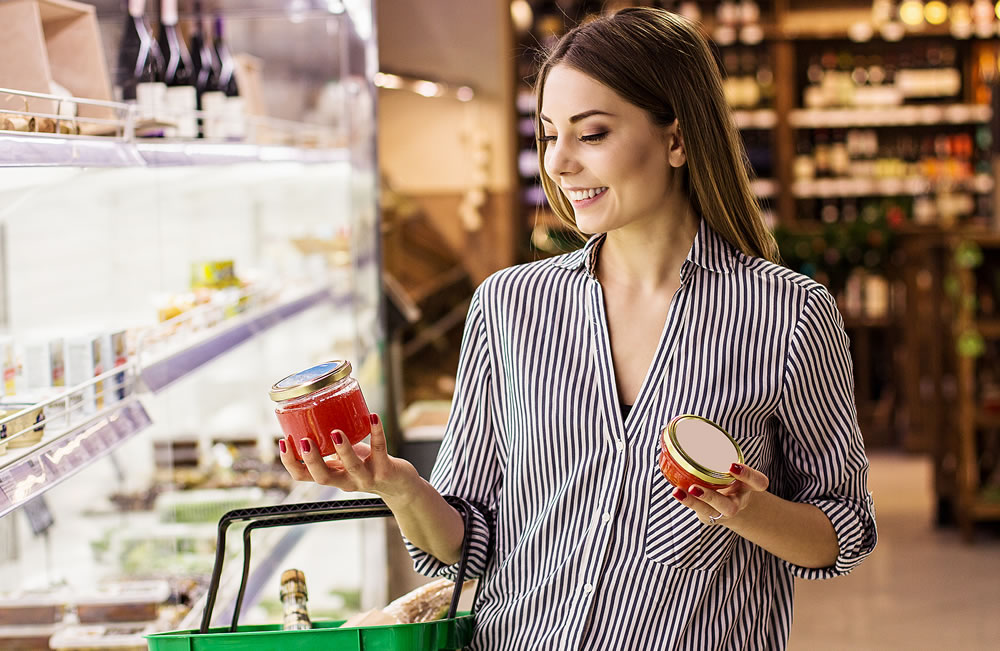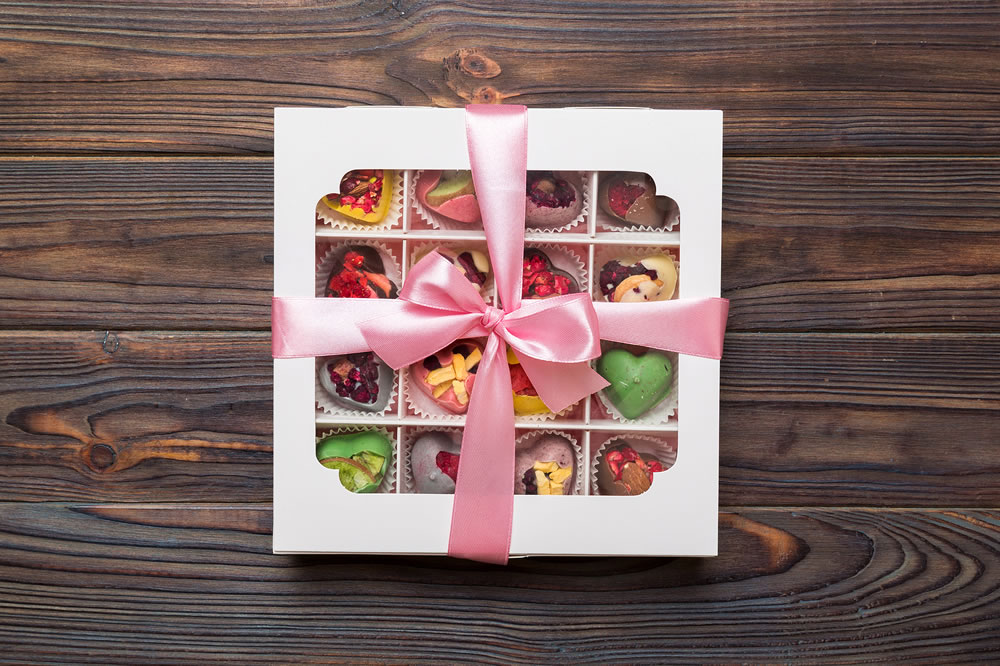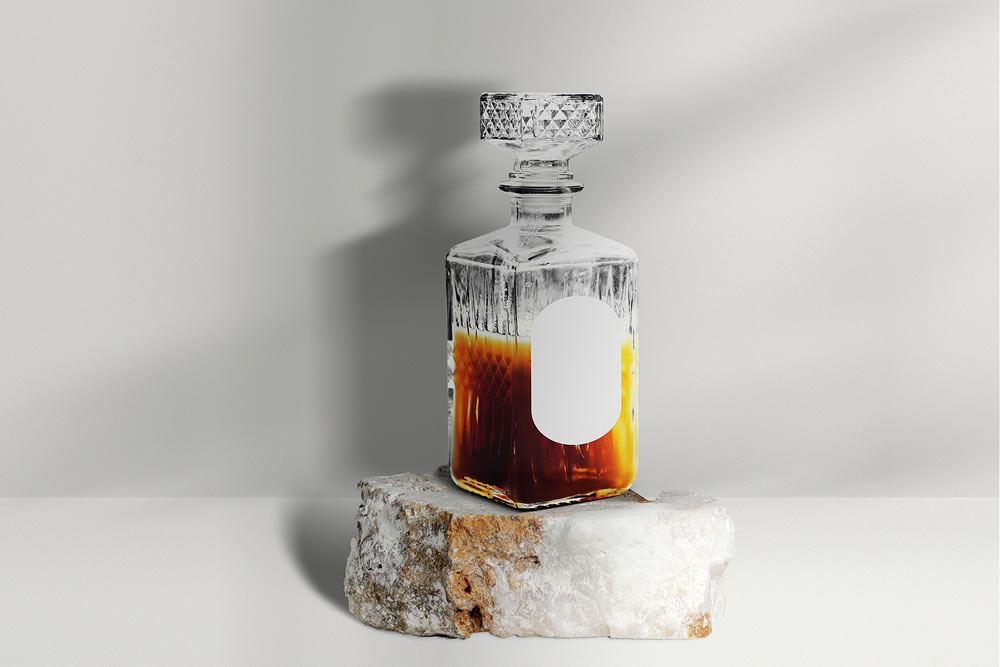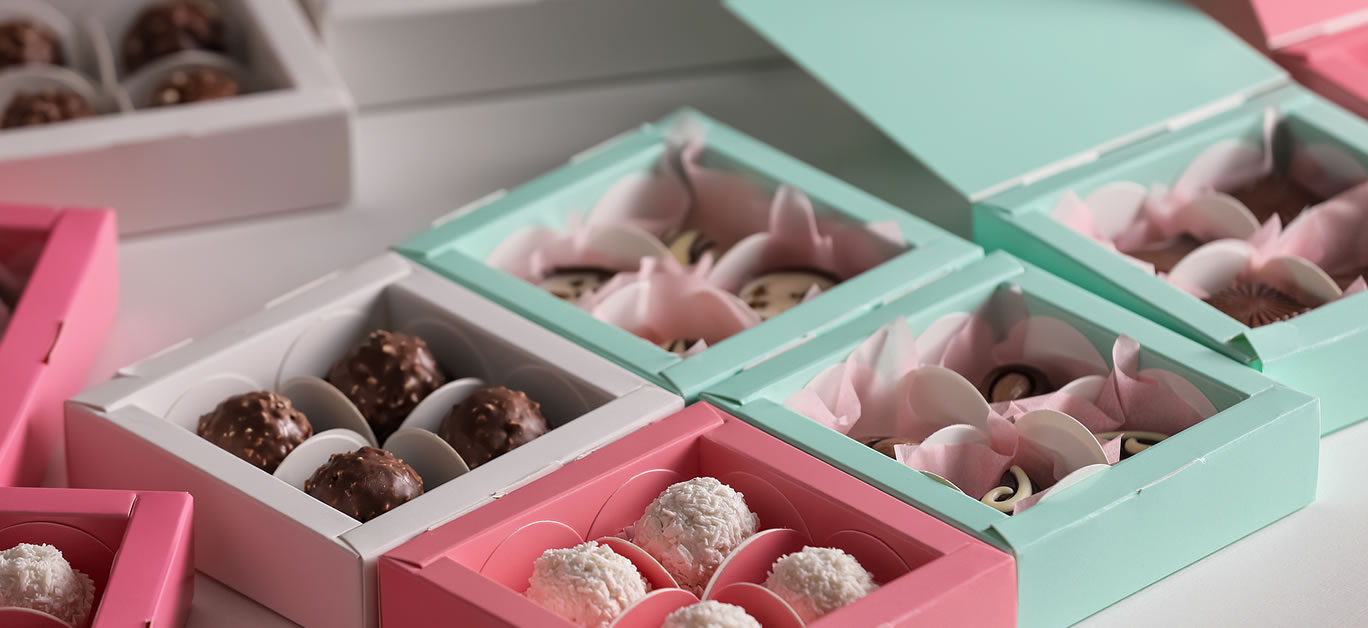The food and drink industry presents myriad opportunities for entrepreneurs in 2023, with those looking to launch a new luxury product or brand able to take advantage of a more diverse and open-minded potential customer base than ever before. The popularity of world cuisine is at an all-time high, and fusion cuisine has taken things to a whole new level by drawing inspiration and flavours from countries and regions across the globe to create new and exciting dishes and products we’ve never experienced until now.
Nevertheless, starting a high-end food or drinks business still comes with its challenges, and in an era characterised by rapid technological advancements, heightened environmental awareness, and evolving consumer preferences, the food and drink industry is undergoing a transformative shift in packaging and presentation. As a crucial element of brand identity and consumer experience, food and drink packaging has evolved beyond its conventional role of merely containing and preserving products and has become as innovative and forward-looking as the creative new products it contains.
Whether you’re a new start-up or are looking to improve your current food or drink product business to appeal to a more refined audience, then take note, because here, we take a closer look at the latest trends in luxury food and drink packaging and window box design and the inspired practices that are shaping the future of this dynamic industry.

Sustainability takes center stage
Sustainability has become a key concern for every type of business over recent years, with the discerning customer now asking more questions about where the items they consume come from and how they are produced. And the food and drink industry is no different, with greater care and attention being paid to the ingredients in what we choose to eat and drink, as well as how it is packaged.
Today, affluent individuals are happy to pay a premium for food and drink products from brands that align with their values and thus, it should come as no surprise that one of the most profound and influential trends in recent years is the prioritisation of sustainability in food and drink packaging. In response to growing concerns about plastic pollution, greenhouse gas emissions, and excessive waste generation, the food and drink industry is embracing eco-friendly materials and practices that minimise the environmental footprint associated with their production. Biodegradable and compostable materials, such as plant-based plastics, kraft paper, and edible films, are gaining traction as viable alternatives to traditional packaging materials, with customers increasingly holding brands and businesses to account over their decisions and driving this era of change.
Companies are also adopting minimalist packaging designs that use fewer materials and focus on the essentials, thereby reducing waste and promoting a cleaner, more elegant presentation – a trend that not only aligns with today’s evolving consumer values but also reflects a broader commitment to corporate social responsibility and sustainable business practices. So if you’re looking to appeal to the affluent modern customer who can afford to be choosy, then this is an element of your packaging choices and processes that you can’t afford to ignore.
Window box design: A visual feast
Window boxes, also known as kraft window boxes, provide a sneak peek into the culinary delights enclosed within an item of packaging, with the aim being to entice the customer into buying. Tempting consumers with visual cues that stimulate their senses and create a sense of anticipation, they have evolved into something of an art form over recent years, with modern window box designs now characterised by creativity and innovation and used by luxury food brands with great success.
Such brands are leveraging advancements in printing technology to showcase intricate designs, vibrant colours, and even dynamic animations on the packaging’s transparent windows to catch consumers’ eyes. This approach transforms the packaging into a canvas for storytelling, enabling brands to communicate their values, origins, and unique selling points through captivating visuals – and it’s a clever technique that has helped many entrepreneurs set their food brands and products apart from the competition.

Tech-infused packaging
If you’re really looking to up the ante on your packaging efforts, then technology is an element that can’t be overlooked – particularly in today’s modern age.
A new and innovative marriage of technology and food and beverage packaging has given rise to a new generation of interactive and engaging consumer experiences, with augmented reality (AR) and QR code integration allowing consumers to use their smartphones to unlock a wealth of information about the product, its ingredients, sourcing, and preparation. This immersive experience bridges the gap between the physical and digital worlds, fostering a deeper connection between the consumer and the brand, and is a great way to build a relationship and rapport with your customers by making them feel like a part of your brand and its ethos.
Smart packaging, enabled by sensors and microchips, is another remarkable innovation that is gaining momentum, providing real-time information about the freshness and quality of the products inside to enhance transparency and consumer trust. For instance, a smart label could monitor temperature and humidity levels, ensuring that perishable items remain at optimal conditions during transport and storage. Building trust is key with consumers in this day and age, as we demand more from the brands we buy from than ever before – so if you’re really looking to elevate your packaging efforts then this is both a fun and a functional way to do so.
Personalisation and customisation
As consumers seek more personalised and tailored experiences – particularly in the luxury sphere – food and drink packaging has responded with a surge in customisation options. Brands are leveraging digital printing techniques to create packaging and even labels that can be easily personalised with individual names, messages, or images in an approach that not only makes the product feel more special, but that also enhances emotional engagement and brand loyalty.
In a similar vein, co-creation initiatives invite consumers to participate in the design process, allowing them to customise packaging colours, patterns, and graphics. This collaborative approach empowers consumers and fosters a sense of ownership, strengthening the bond between brand and consumer, and is a great way to get them on board with both your products and your wider brand.

Cultural fusion and artistic expression
The diversity of global cuisine has inspired a fusion of cultures and culinary traditions in both food packaging and window box design. Brands are exploring a rich tapestry of patterns, colours, and artistic motifs borrowed from various cultures, infusing their packaging with a sense of cultural authenticity and inclusivity. This trend not only celebrates the rich heritage of different communities but also resonates with consumers who value diverse and globalised experiences.
Artistic expression is also finding its way onto food and drink packaging, turning each product into a canvas for creativity. By collaborating with renowned artists, illustrators, and designers to create visually stunning packaging that doubles as collectible art pieces, you can elevate the packaging’s aesthetic appeal and position it as a desirable and unique item in itself, with your customer base queuing up to get their hands on not just your food and beverage products, but the unique packaging, too.
A harmonious blend of sustainability and creativity
The latest trends in food and drink packaging and window box design reflect a harmonious blend of sustainability, innovation, and creativity, and offer some exciting opportunities for entrepreneurs looking to start or boost their businesses. As the industry adapts to shifting consumer preferences and environmental imperatives, packaging has evolved from a functional necessity to a powerful medium for storytelling, engagement, and brand differentiation – and by embracing eco-friendly materials, incorporating technology, and celebrating cultural diversity, you can craft packaging solutions that not only protect and present your products in the most appealing of ways, but that also delight and captivate consumers on a deeper level.
As we look to the future, it is evident that the intersection of sustainability and creativity will continue to shape the landscape of food and drink packaging and window box design, offering a tantalising glimpse into the evolving tastes and values of our society. So if you’re eager to ensure you’re always one step ahead of the competition, then these are some great ways to stand out from the crowd.






















